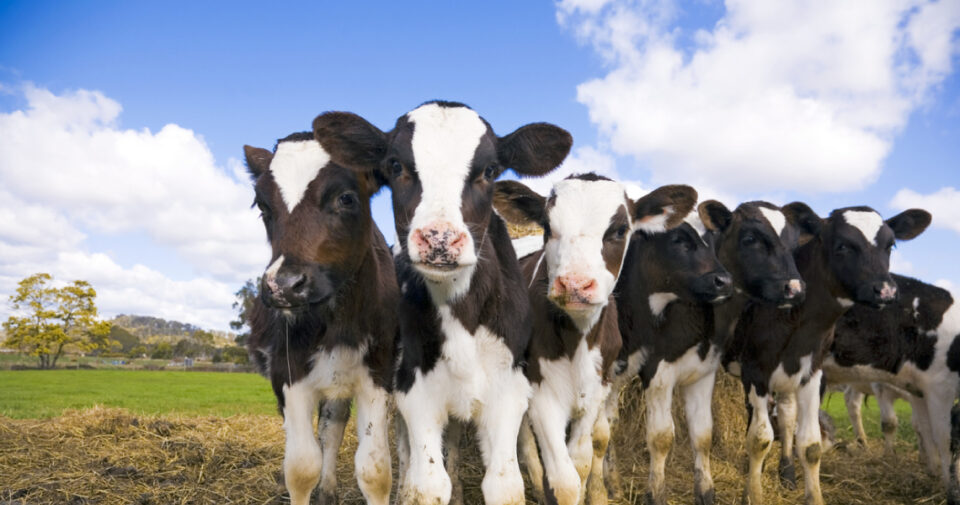Raising healthy dairy calves is the foundation of a successful and productive dairy operation. Calves are the future of any herd, and the care they receive in the first few weeks and months of life significantly impacts their long-term health, growth, and milk production potential. Proper calf management requires close attention to feeding, housing, hygiene, health, and overall welfare. Below is a comprehensive guide to caring for dairy calves to help ensure strong, disease-free, and thriving animals.
1. Feeding: Building Blocks for Growth
Feeding is one of the most critical aspects of calf care. Newborn calves should be fed colostrum within the first two hours after birth, as it contains vital antibodies that help build the calf’s immune system. After the initial colostrum feeding, calves should be given milk or a high-quality milk replacer several times a day based on their body weight.
In the first week, it is advisable to feed calves 3 to 4 times per day. After this period, feeding can be reduced to twice a day until the calf is about 90 days old. At around five weeks of age, you can begin to introduce calf starter pellets to stimulate rumen development. These should be fresh, palatable, and easily accessible. Throughout this period, calves must also have constant access to clean, fresh drinking water, which plays a key role in digestion and growth.
2. Housing: Safe and Comfortable Shelter
Young calves need a clean, dry, and well-ventilated environment to thrive. For the first few weeks of life, individual pens or calf hutches are ideal. Calf hutches can either be purchased or constructed on the farm and should be placed on well-drained ground to avoid damp conditions that encourage the growth of bacteria and parasites.
The bedding inside the hutch should consist of clean straw or similar material, which should be replaced regularly to maintain hygiene. In colder seasons, position the hutch entrance to face south to maximize sunlight exposure and warmth. During summer, ensure the hutches are shaded to protect calves from heat stress.
3. Hygiene and Sanitation: Preventing Disease
Maintaining cleanliness in all aspects of calf care is essential to prevent illness. Feeding equipment such as milk bottles, pails, and nipples should be thoroughly cleaned and disinfected after each use to avoid bacterial build-up. Each time a calf is moved out of a hutch, the hutch should be thoroughly cleaned and relocated to a new, clean site.
Keeping the calf’s environment clean reduces the risk of infections, including diarrhea (scours) and respiratory diseases, which are common in young calves and can severely affect growth and survival rates.
4. Health Care: Deworming and Vaccinations
Routine health care is vital in supporting a calf’s growth and preventing long-term complications. Calves should be dewormed between 10 and 14 days after birth to control internal parasites that can stunt growth and cause digestive issues.
Vaccinations are also important in protecting calves from common infectious diseases. At about one month after weaning, calves should be vaccinated against diseases such as Infectious Bovine Rhinotracheitis (IBR), Parainfluenza 3 (PI3), and blackleg. Consult a veterinarian to establish a comprehensive and region-specific vaccination schedule for your herd.
5. Additional Calf Care Practices
Right after birth, it is helpful to allow the mother cow to lick the calf, which stimulates blood circulation and encourages the calf to stand and suckle. The navel cord should be cut using sterile scissors or a knife, leaving a stump of 1 to 2 inches. The navel area should then be disinfected with iodine or an appropriate antiseptic to prevent infection.
Proper calf identification, regular health monitoring, and keeping accurate records also contribute to effective calf management and overall herd performance.
Conclusion: Investing in the Future
Good calf care requires time, resources, and attention to detail, but the rewards are well worth the effort. By focusing on proper feeding, housing, hygiene, health management, and early-life care, farmers can raise strong, healthy calves that grow into productive dairy cows. These practices not only improve animal welfare but also boost farm profitability and sustainability in the long run. Every step taken to support a calf’s early development is an investment in the future success of the dairy operation.



